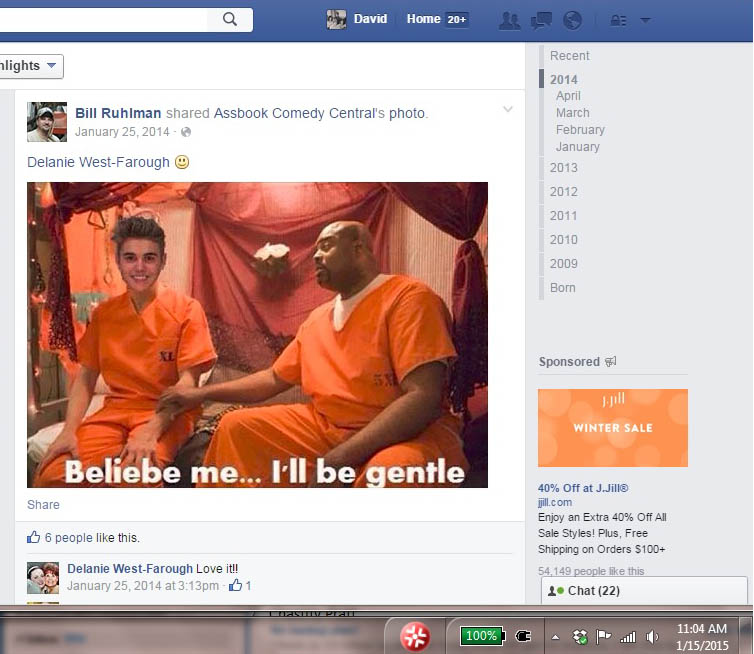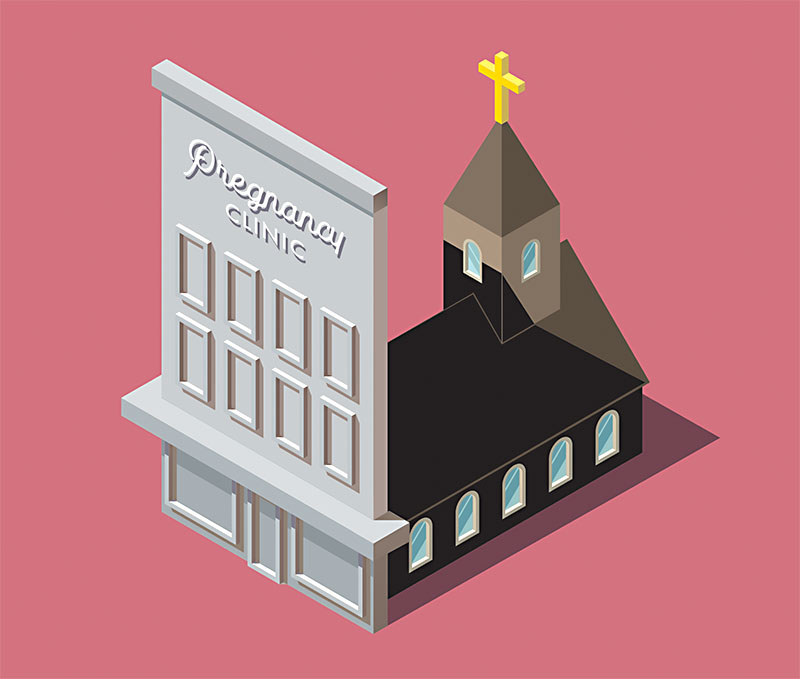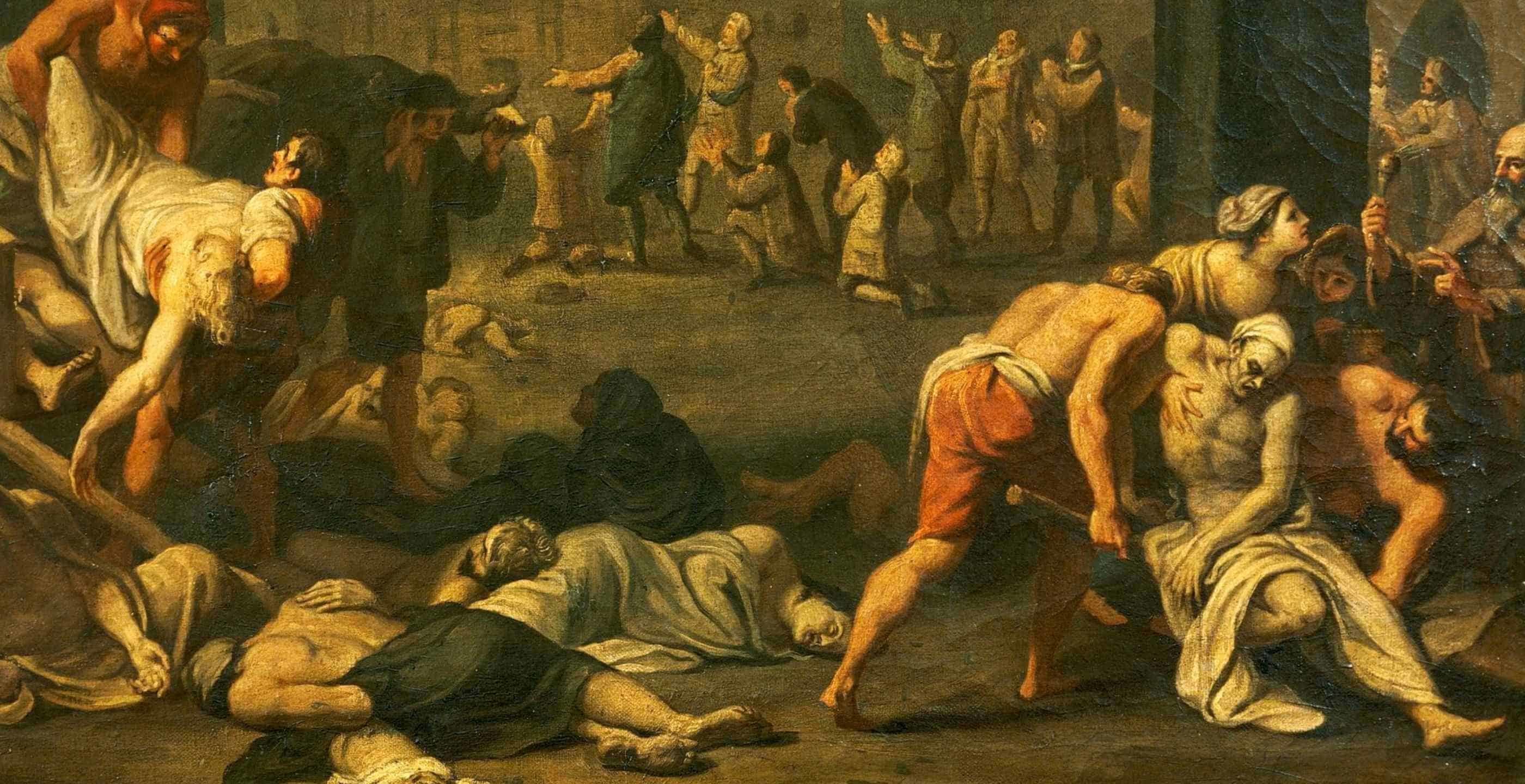 In the past two years, the United States Immigration and Customs Enforcement, or ICE, came under fire for their inhumane treatment of undocumented immigrants. Along the border of Mexico in one El Paso detention center, government officials cram 900 adults and children into a space designed for a maximum of 125 people. They have no access to soap or toothpaste, nor space to bathe or cleanse themselves. Adults stood for days due to lack of space, sometimes on toilets to breathe, while children slept on the concrete floors. Their clothes are dirty and soiled, unchanged for weeks. In detention centers like that of El Paso, disease runs rampant, with outbreaks of lice, flu, chicken pox, and scabies.
In the past two years, the United States Immigration and Customs Enforcement, or ICE, came under fire for their inhumane treatment of undocumented immigrants. Along the border of Mexico in one El Paso detention center, government officials cram 900 adults and children into a space designed for a maximum of 125 people. They have no access to soap or toothpaste, nor space to bathe or cleanse themselves. Adults stood for days due to lack of space, sometimes on toilets to breathe, while children slept on the concrete floors. Their clothes are dirty and soiled, unchanged for weeks. In detention centers like that of El Paso, disease runs rampant, with outbreaks of lice, flu, chicken pox, and scabies.
 One asylum seeker from Guatemala, Yazim Juárez, lost her daughter Mariee while imprisoned in an ICE detention center. Mariee, only 19 months-old, experienced symptoms of cough, fever, vomiting, and diarrhea. “‘I begged them to do deeper exams, but they [the detention facility’s medical staff] sent us back to our room,’ she told Congress. At one point, the staff treated 19-month-old Mariee with Vicks VapoRub, which is not recommended for children under 2” (Joung). After her release from the detention center, Juárez sought medical care for her daughter. She was hospitalized for 6 weeks, but it was too late:
One asylum seeker from Guatemala, Yazim Juárez, lost her daughter Mariee while imprisoned in an ICE detention center. Mariee, only 19 months-old, experienced symptoms of cough, fever, vomiting, and diarrhea. “‘I begged them to do deeper exams, but they [the detention facility’s medical staff] sent us back to our room,’ she told Congress. At one point, the staff treated 19-month-old Mariee with Vicks VapoRub, which is not recommended for children under 2” (Joung). After her release from the detention center, Juárez sought medical care for her daughter. She was hospitalized for 6 weeks, but it was too late:
“Mariee died on what is Mother’s Day in my country. When I walked out of the hospital that day, all I had with me was a piece of paper with Mariee’s handprints in pink paint.” (Joung)
As the threat of coronavirus continues to swell, concern for the safety of ICE detention centers has been amplified. In a press call yesterday, Representative Joaquin Castro (D-Texas) stated that at least 9 confirmed cases of coronavirus have been linked to ICE facilities — four immigrants in custody and five employees. In Pennsylvania, a federal judge ordered the release of 11 detainees from a detention center due to underlying conditions that made them more vulnerable to contracting the virus. Doctors and activists point to past outbreaks that have occurred in detention centers. Medical care in the ICE facilities has repeatedly proven negligent. And, as detainees are forced to leave, their presence will likely impact local hospitals, which don’t have the means to provide medical care to a large population.
In an email about custody determinations, Danielle Bennett — a spokeswoman for ICE — wrote the following: “When making such decisions, ICE officers weigh a variety of factors, including the person’s criminal record, immigration history, ties to the community, risk of flight, and whether he or she poses a potential threat to public safety” (Bernal). However, the majority of individuals detained by ICE have no criminal record, and that majority is rising.
Furthermore, ICE agents have continued to perform raids. Agents in Los Angeles, California, have raided immigrant communities even during their “shelter-in-place” lockdown, which “ordered everyone to stay home except to do ‘essential’ activities necessary to survive” (Lopez and Holmes).
How does this relate to ethical living?
ICE detention centers have been and repeatedly prove to be extremely unethical. However, the actions of the government and its officials have been even more unforgivable in these times. Undocumented immigrants are already scared of the unknown. How will they feed their families without employment, especially when they cannot apply for federal aid? How will they find and afford medical care? It is time we take the uncertainty of imprisonment away.








